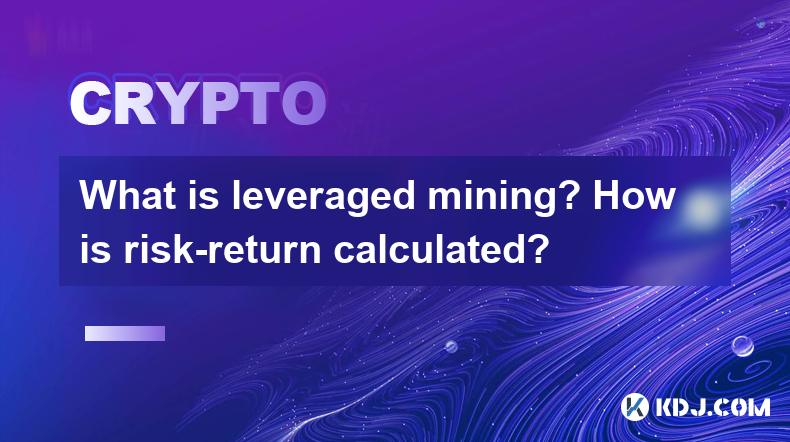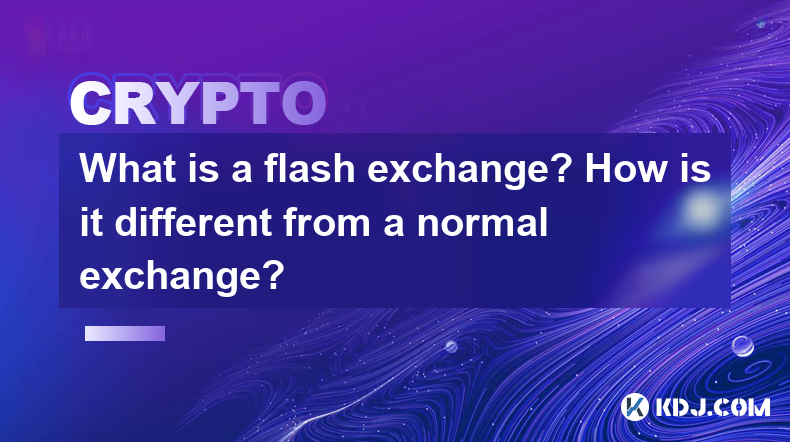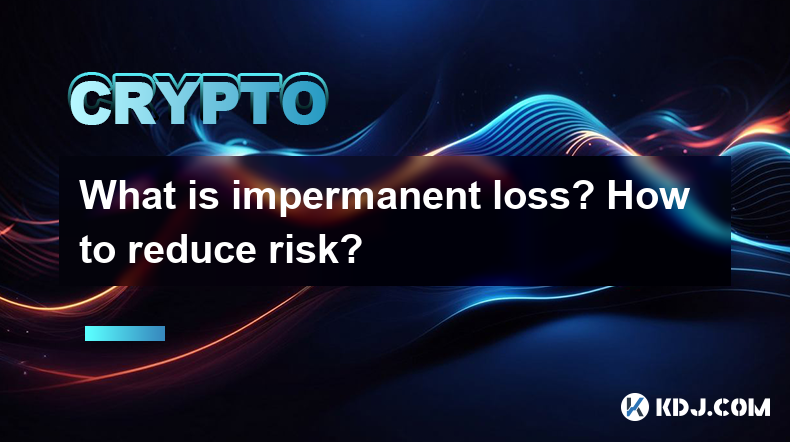-
 Bitcoin
Bitcoin $84,888.8263
-0.23% -
 Ethereum
Ethereum $1,589.1360
-1.54% -
 Tether USDt
Tether USDt $0.9998
0.00% -
 XRP
XRP $2.0854
0.10% -
 BNB
BNB $590.3962
-0.13% -
 Solana
Solana $137.6361
-0.67% -
 USDC
USDC $0.9999
-0.01% -
 TRON
TRON $0.2462
1.43% -
 Dogecoin
Dogecoin $0.1558
-0.82% -
 Cardano
Cardano $0.6218
-0.90% -
 Chainlink
Chainlink $13.4904
4.23% -
 UNUS SED LEO
UNUS SED LEO $9.3296
0.29% -
 Avalanche
Avalanche $19.6080
-2.27% -
 Stellar
Stellar $0.2447
-1.24% -
 Toncoin
Toncoin $3.0006
1.49% -
 Shiba Inu
Shiba Inu $0.0...01249
1.79% -
 Hedera
Hedera $0.1675
0.75% -
 Sui
Sui $2.1188
-1.81% -
 Bitcoin Cash
Bitcoin Cash $337.1084
0.88% -
 Polkadot
Polkadot $3.9000
2.93% -
 Hyperliquid
Hyperliquid $17.7254
-0.71% -
 Litecoin
Litecoin $78.1269
3.13% -
 Dai
Dai $1.0000
0.01% -
 Bitget Token
Bitget Token $4.3822
-3.03% -
 Ethena USDe
Ethena USDe $0.9994
0.02% -
 Pi
Pi $0.6447
0.00% -
 Monero
Monero $215.8244
2.10% -
 Uniswap
Uniswap $5.3014
-0.21% -
 Pepe
Pepe $0.0...07590
2.96% -
 Aptos
Aptos $5.0592
2.99%
What is the issuance and circulation of SNX coins?
Synthetix Network utilizes SNX coins for staking, synthetic asset issuance, and incentivizing network participation through inflationary rewards.
Oct 02, 2024 at 11:18 am

SNX Coin Issuance and Circulation
1. Initial Distribution
SNX coins were initially distributed through a token sale in 2018. A total of 100 million SNX coins were created, with 60% sold during the token sale, raising approximately $30 million.
2. Genesis Block
The genesis block of the Synthetix Network was mined on January 15, 2019, with an initial distribution of 300 million minted SNX coins. These minted tokens represented the network's inflation rewards and were distributed over a period of 2 years.
3. Staking and Synthetic Asset Issuance
SNX coins can be staked on the Synthetix Network to earn a portion of the network's transaction fees and issuance rewards. Staking also enables users to mint synthetic assets that track the value of real-world assets.
4. Inflation Rewards
The Synthetix Network uses an inflationary model to incentivize staking and growth. The network mints new SNX coins at a rate of 2% per year, with these coins distributed to stakers as rewards.
5. Circulation and Market Cap
As of February 2023, there are approximately 390 million SNX coins in circulation. The current circulating supply represents around 65% of the total supply of SNX coins. The market capitalization of SNX is determined by multiplying the circulating supply by the current market price.
6. Role of SNX in the Synthetix Network
SNX coins play a crucial role in the operation of the Synthetix Network:
- Security: Staked SNX coins contribute to the security of the network by backing the issuance of synthetic assets.
- Incentivization: Inflation rewards and transaction fees incentivize users to stake their SNX coins and contribute to the growth of the network.
- Governance: SNX coin holders have the ability to participate in governance and vote on key decisions that affect the future of the Synthetix Network.
Disclaimer:info@kdj.com
The information provided is not trading advice. kdj.com does not assume any responsibility for any investments made based on the information provided in this article. Cryptocurrencies are highly volatile and it is highly recommended that you invest with caution after thorough research!
If you believe that the content used on this website infringes your copyright, please contact us immediately (info@kdj.com) and we will delete it promptly.
- Polkadot (DOT) price gains traction as it forms a double falling wedge pattern. This formation...
- 2025-04-21 04:25:19
- title: Hyperliquid (HYPE) Dominates the Decentralized Perpetual Futures Trading Market, Capturing Nearly 80% of DEX Volume
- 2025-04-21 04:25:19
- Sleep Token Reveal Even in Arcadia's Full Tracklisting
- 2025-04-21 04:15:12
- Rexas Finance (RXS) Emerges as the Leading Topic in Crypto Circles
- 2025-04-21 04:15:12
- 9 Crypto Unlocks to Watch in the Next Days
- 2025-04-21 04:10:14
- The cryptocurrency market remains subdued at the moment, with no notable catalysts present to push prices in either direction.
- 2025-04-21 04:10:14
Related knowledge

What is impermanent loss insurance? What are the solutions?
Apr 12,2025 at 01:14am
What is Impermanent Loss Insurance? What are the Solutions? Impermanent loss is a significant concern for liquidity providers in decentralized finance (DeFi) platforms. It occurs when the price of tokens in a liquidity pool changes compared to when they were deposited, leading to a potential loss if the provider decides to withdraw their liquidity. To m...

What are algorithmic stablecoins? How do they maintain anchoring?
Apr 12,2025 at 11:35am
Algorithmic stablecoins represent a fascinating and innovative segment within the cryptocurrency ecosystem. These digital assets are designed to maintain a stable value, typically pegged to a fiat currency like the US dollar, through the use of algorithms rather than traditional collateral. This approach distinguishes them from other types of stablecoin...

What is leveraged mining? How is risk-return calculated?
Apr 11,2025 at 04:07pm
What is Leveraged Mining? How is Risk-Return Calculated? Leveraged mining is a strategy used in the cryptocurrency space where miners borrow funds to increase their mining capacity and potential returns. This approach can amplify both profits and losses, making it a high-risk, high-reward endeavor. Understanding how to calculate the risk and return asso...

What is an aggregator? How does 1inch optimize transaction paths?
Apr 12,2025 at 05:00pm
An aggregator in the cryptocurrency space is a tool that compiles and compares data from multiple decentralized exchanges (DEXs) to find the best possible trading routes and prices for users. Aggregators are essential for traders looking to optimize their transactions, as they can automatically search through various liquidity sources to ensure the most...

What is a flash exchange? How is it different from a normal exchange?
Apr 16,2025 at 03:43pm
A flash exchange, also known as a flash swap, is a relatively new concept within the cryptocurrency space that has gained significant attention due to its innovative approach to trading. Unlike traditional exchanges, flash exchanges leverage the power of decentralized finance (DeFi) protocols to enable instant, collateral-free trades. In this article, w...

What is impermanent loss? How to reduce risk?
Apr 16,2025 at 11:14pm
What is Impermanent Loss? How to Reduce Risk? Impermanent loss is a term that frequently surfaces in the world of decentralized finance (DeFi), particularly when discussing liquidity provision on automated market makers (AMMs) like Uniswap or SushiSwap. Understanding this concept is crucial for anyone looking to engage in liquidity provision, as it dire...

What is impermanent loss insurance? What are the solutions?
Apr 12,2025 at 01:14am
What is Impermanent Loss Insurance? What are the Solutions? Impermanent loss is a significant concern for liquidity providers in decentralized finance (DeFi) platforms. It occurs when the price of tokens in a liquidity pool changes compared to when they were deposited, leading to a potential loss if the provider decides to withdraw their liquidity. To m...

What are algorithmic stablecoins? How do they maintain anchoring?
Apr 12,2025 at 11:35am
Algorithmic stablecoins represent a fascinating and innovative segment within the cryptocurrency ecosystem. These digital assets are designed to maintain a stable value, typically pegged to a fiat currency like the US dollar, through the use of algorithms rather than traditional collateral. This approach distinguishes them from other types of stablecoin...

What is leveraged mining? How is risk-return calculated?
Apr 11,2025 at 04:07pm
What is Leveraged Mining? How is Risk-Return Calculated? Leveraged mining is a strategy used in the cryptocurrency space where miners borrow funds to increase their mining capacity and potential returns. This approach can amplify both profits and losses, making it a high-risk, high-reward endeavor. Understanding how to calculate the risk and return asso...

What is an aggregator? How does 1inch optimize transaction paths?
Apr 12,2025 at 05:00pm
An aggregator in the cryptocurrency space is a tool that compiles and compares data from multiple decentralized exchanges (DEXs) to find the best possible trading routes and prices for users. Aggregators are essential for traders looking to optimize their transactions, as they can automatically search through various liquidity sources to ensure the most...

What is a flash exchange? How is it different from a normal exchange?
Apr 16,2025 at 03:43pm
A flash exchange, also known as a flash swap, is a relatively new concept within the cryptocurrency space that has gained significant attention due to its innovative approach to trading. Unlike traditional exchanges, flash exchanges leverage the power of decentralized finance (DeFi) protocols to enable instant, collateral-free trades. In this article, w...

What is impermanent loss? How to reduce risk?
Apr 16,2025 at 11:14pm
What is Impermanent Loss? How to Reduce Risk? Impermanent loss is a term that frequently surfaces in the world of decentralized finance (DeFi), particularly when discussing liquidity provision on automated market makers (AMMs) like Uniswap or SushiSwap. Understanding this concept is crucial for anyone looking to engage in liquidity provision, as it dire...
See all articles





















































































